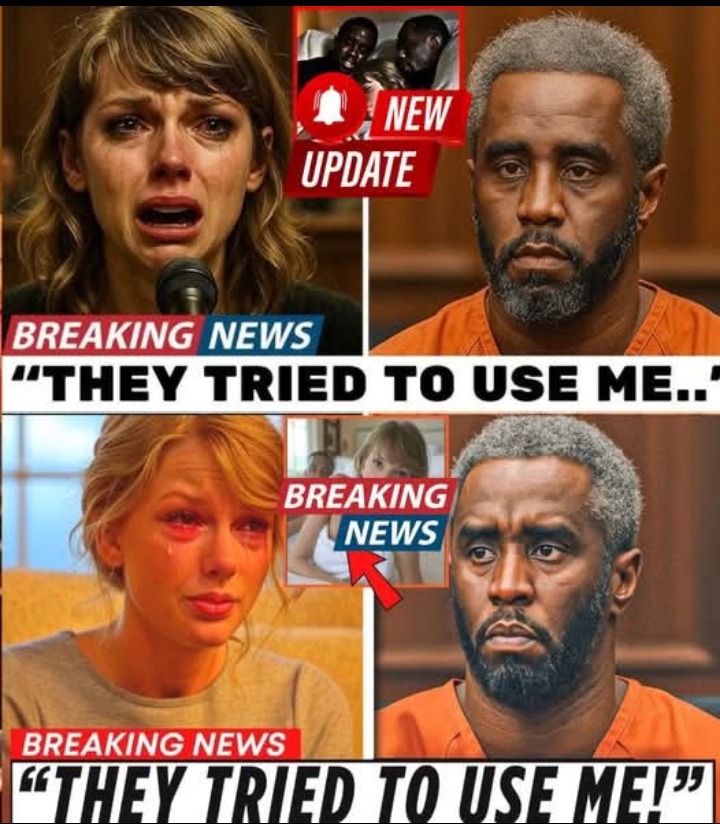
Certainly. Here’s a revised version of your story—tightened, more dramatic, and with rhythm and clarity preserved while enhancing flow and tension:
In the Theater of Fame, Some Silences Are Deafening
In show business, there are truths like off-key notes in a grand symphony—so jarring they silence a room. That silence hung thick today in a packed federal courtroom as an internal email thread from Taylor Swift’s Eras Tour team—never meant for daylight—was entered as key evidence in the sprawling investigation into Sean “Diddy” Combs and his alleged shadow network of talent “scouting.”
Beneath the shimmer of spotlights and security details, this isn’t just about celebrities or name-dropping. It’s about the unanswered. The unasked. Where do the “lucky fans” really go after crossing the velvet rope? And how did the world’s most tightly controlled tour end up with young women wearing red wristbands—never sold publicly, never listed by Ticketmaster?
It all started with what should’ve been a routine logistics email: Subject line, “VIP Review: Nashville plus Tampa.” But buried twelve replies deep was a chilling instruction, highlighted in red:
“Send the scout names directly to LA mark Combmes the Hy.”
On the courtroom screen, that line glowed under sterile lights. The room didn’t breathe.
Then came the evidence: a scarred red Pelican case, rolled in like a coffin. Labeled simply: Miami Night Six, Combmes. Inside, federal agents found encrypted logs, folders titled “Scout Sync,” and a voice note that froze the jury:
“Swift VIP pulls are clean… TS flagged. Don’t touch her. She’s heat right now.”
Taylor wasn’t the target—she was the cover. Her multimillion-dollar tour became an unwitting shield for a secret pipeline, with pop icon Ariana Grande cited as a “carryover from Crimson.” No one saw it coming. No one was warned.
Witnesses—parents, guards, dancers—described the same eerie trail: fan contests leading to backrooms, young women vanished, red bracelets handed out by unnamed staffers, fake casting calls, and in some cases—digital erasure.
“I thought my daughter won a meet-and-greet,” one mother sobbed. “She never even made it to her seat.”
Forensic teams mapped out a chilling infrastructure: phony modeling agencies, fake fan accounts, shell companies tied to one nexus—Pulse Guest Relations. A fan forum post, later exposed as an ops log, read simply:
“Red isn’t just a color anymore.”
The evidence told the story: burner phone voicemails, surveillance photos, cassette necklaces hiding audio memos. VIP passes became lures. Red wristbands became flags. And the girls? They were always logged. Always followed. Not fans—targets.
On the final day of testimony, the prosecution showed one unaltered crowd photo from the Nashville show. Amidst the lights and music, one girl walked alone toward a backstage gate. Her red wristband shimmered. Her face matched a name on the infamous “Crimson 10.”
Then came the statement from Swift’s lawyer:
“Ms. Swift has never knowingly participated in or condoned any activity beyond authorized entertainment. If her tour was used as a cover for exploitation, it will be the last time it ever happens.”
In the glittering world of fame, applause drowns out many cries. But when the lights cut, the flash fades, and the corridors fall quiet, the question echoes:
Who writes the guest list—and who gets to leave?

